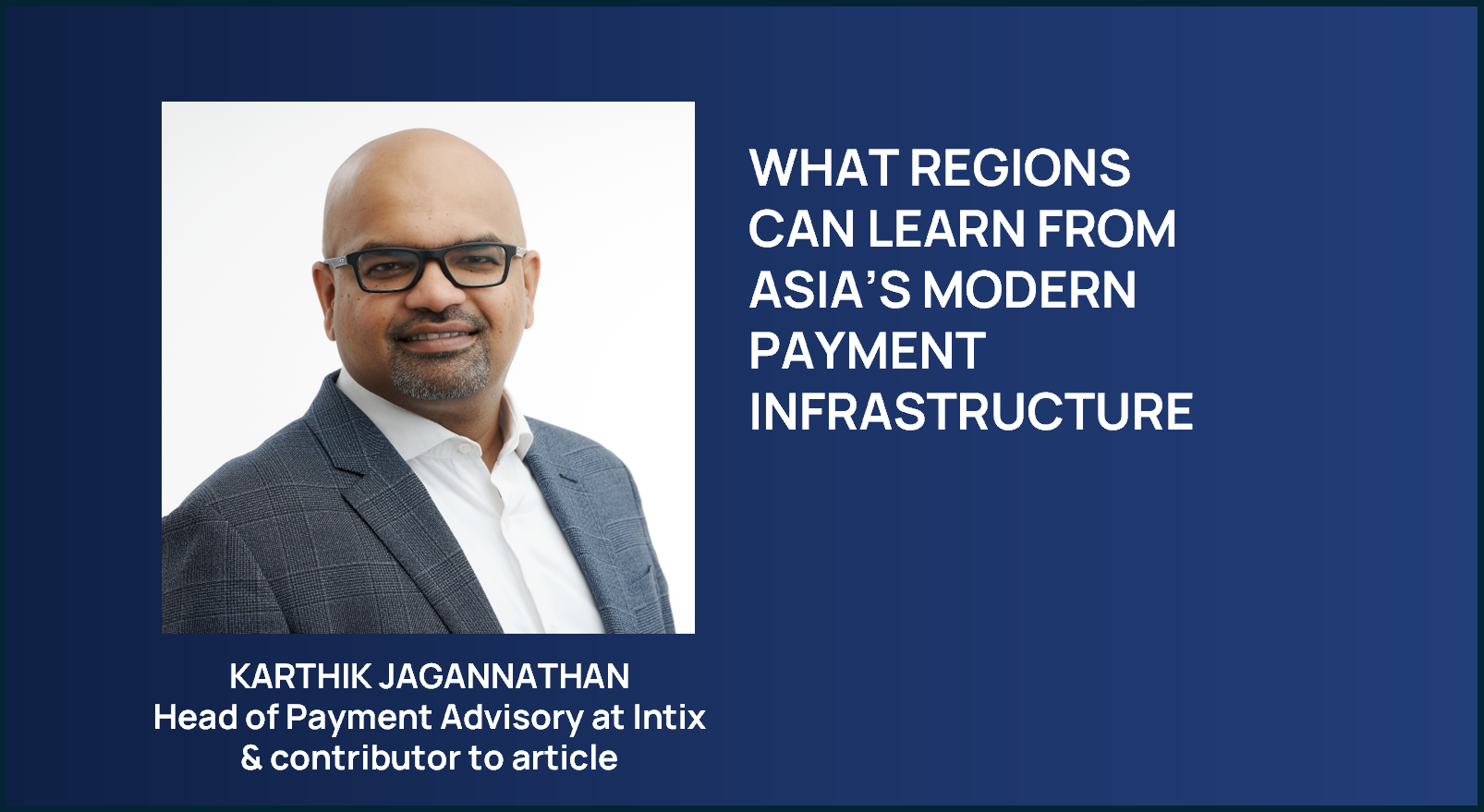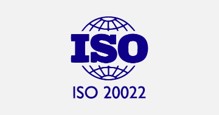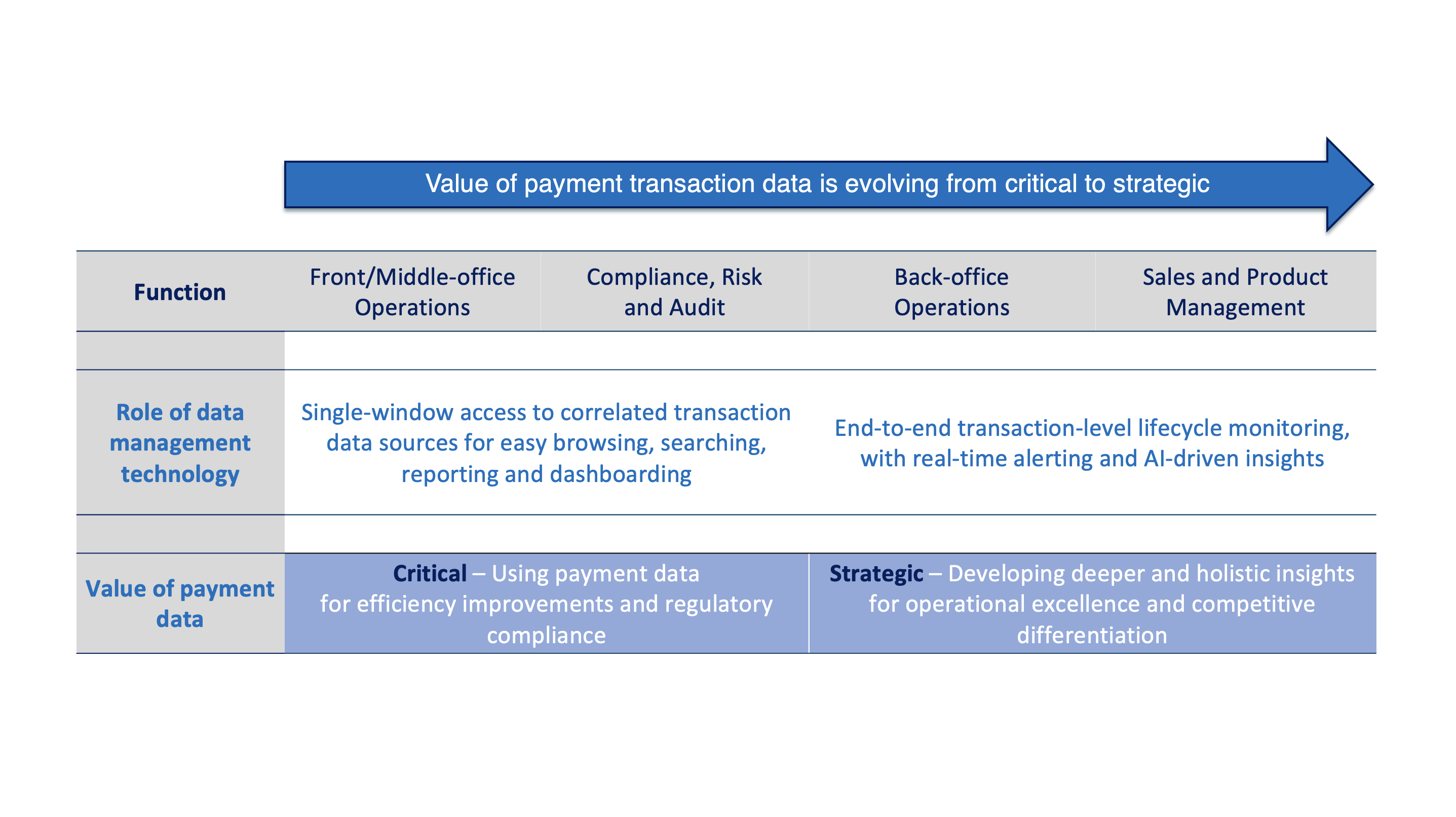What regions can learn from Asia’s modern payment infrastructure

By Callum Williams, Payment Expert -April 8, 2025
Asia, or more specifically the Asia-Pacific region, has been rapidly developing new payment innovations over the past several years that have set it apart from other regions across the globe.
Speaking on this in greater detail, Karthik Jagannathan, Head of Payments Advisory at Intix, shared his thoughts with Payment Expert on the rise of digital payments in many Asian countries, why superapps are becoming the new preferred payment destination, and what other countries and regions can learn from Asia’s digital infrastructure.
How can regulatory sandboxes contribute to fintech innovation and what are some successful examples?
Karthik Jagannathan: A regulatory sandbox allows firms to trial new business models, services and products in a controlled, real-world environment but with fewer rules to enable a more streamlined trial period all under the supervision of a regulator.
Many countries have regulatory sandboxes, but one standout example can be seen in the Monetary Authority of Singapore (MAS) who have introduced initiatives such as the Fintech Regulatory Sandbox. First launched in 2016, this initiative empowers fintech startups to test and implement cutting-edge technologies in a controlled environment, fostering greater efficiency and improved risk management.
The sandbox itself has safeguards in place to ensure any failure of the product or service in play does not negatively impact the soundness of the overarching financial system. This proportional oversight enables a dynamic response to emerging risks and opportunities, while providing businesses the flexibility needed to grow and succeed.
What impact do regulatory frameworks have on fintech innovation and how do different regions balance compliance with growth?
KJ: Regulations ensure that fintechs are held to a professional standard, as well as helping to ensure trust and credibility which are vital for any financial related business. They also have the added effect of creating a level playing field, where companies operating in the same market must adhere to the same requirements.
Simultaneously, regulation could also stifle innovation and the growth of firms that are just getting themselves established within their respective market. It can also provide unforeseen operational costs, as seen in policies such as GDPR. Whilst this piece of regulation sets out clear guidelines on how businesses can store and use a person’s data, recent surveys showing that businesses have incurred costs ranging from $1.3m for small companies, to $70m for larger businesses regarding data storage.
This financial burden, coupled with navigating such a strict regulatory framework, has led to a stifling of innovation. In contrast, the MAS sandbox approach has provided a more agile environment, allowing fintechs to experiment and refine their offerings without the immediate weight of full compliance costs.
By striking a balance between innovation and oversight, Singapore has demonstrated how regulatory frameworks can both protect consumers whilst also acting as a stimulus for progress, in turn offering a valuable lesson for Europe’s constantly evolving payment ecosystem.
What factors shape consumer payment preferences in different regions and how does APAC’s approach differ from Europe’s?
KJ: When looking at the European market, this landscape is heavily fragmented in payment options for consumers and the methods each state leans towards.
In the UK, 77% of consumers prefer digital wallets like PayPal, Apple Pay and Google Pay. Germany and Switzerland lean towards debit and credit cards, including domestic options like Girocard. France relies on bank cards such as Cartes Bancaires covering 60% of household spending. Spain leans more on mobile payments such as Bizum, which holds a 63% penetration rate in the country, whereas the Netherlands prioritises instant payments.
The Nordic market is equally fractured in its preferences, with 59% of Sweden’s 2021 transactions being card based, contrasted with the present market where 80% of the population utilise mobile payments via Swish.
The narrative of a fractured payments landscape differs in the APAC market, which presents a more unified front in terms of preferences. In countries such as China, super apps such as WeChat, Alipay and Unionpay are making cards nearly obsolete.
India’s Universal Payment Interface (UPI) leads digital payments with over 50% of consumers using wallets for purchases. The driving factor for this shift towards a more collaborative payments model has been catalysed by strong government support for real-time payments.
How are super apps reshaping digital payments and what makes them so successful in the markets they are available in?
KJ: In APAC, super apps are revolutionising payments by combining multiple services into one seamless platform whilst also enhancing security. WeChat is a prime example of a super app – having risen from a standalone messaging service to a multi-functional app providing messaging, financial transactions to enabling food deliveries. But it’s not the only example in APAC, e.g. Alipay in China, Grab and Go-Jek in countries like Vietnam, Singapore, Thailand, and Philippines, Line in Japan and KakaoTalk in South-Korea.
China is not the only APAC country with a growing demand for super apps. We only have to look to countries like India with its Unified Payment Interface (UPI) instant payment system, which is predicted to facilitate 1 billion daily transactions by 2027. Currently, there are 350 million active UPI users in India. UPI can also be used by its citizens outside India and is currently implemented in other countries such as in Oman, the United Arab Emirates, Malaysia, the United Kingdom, Singapore, Bahrain and France.
What we are seeing in the development and widespread proliferation of these apps is a unified front from fintechs, incumbents and governments to accommodate underserved citizens into the banking system.




